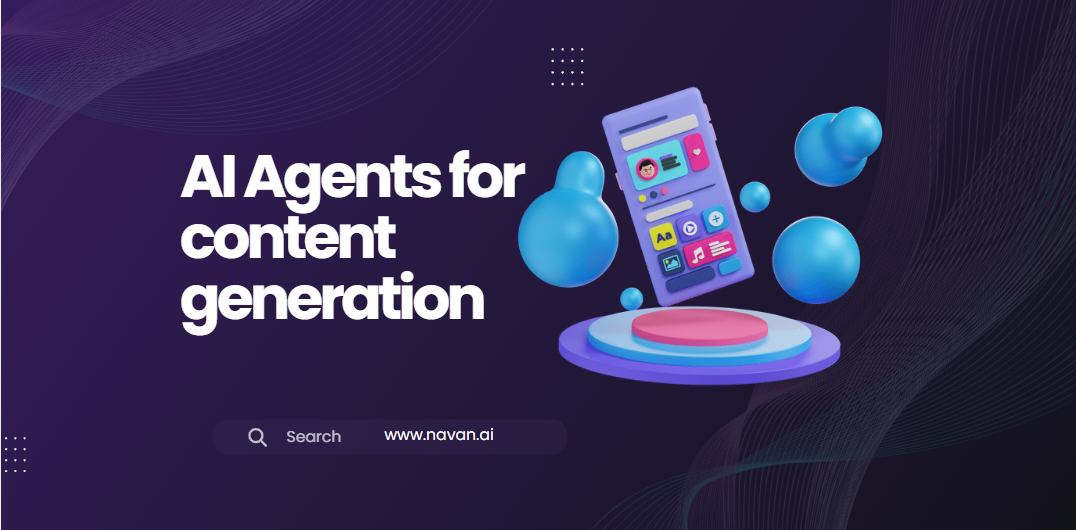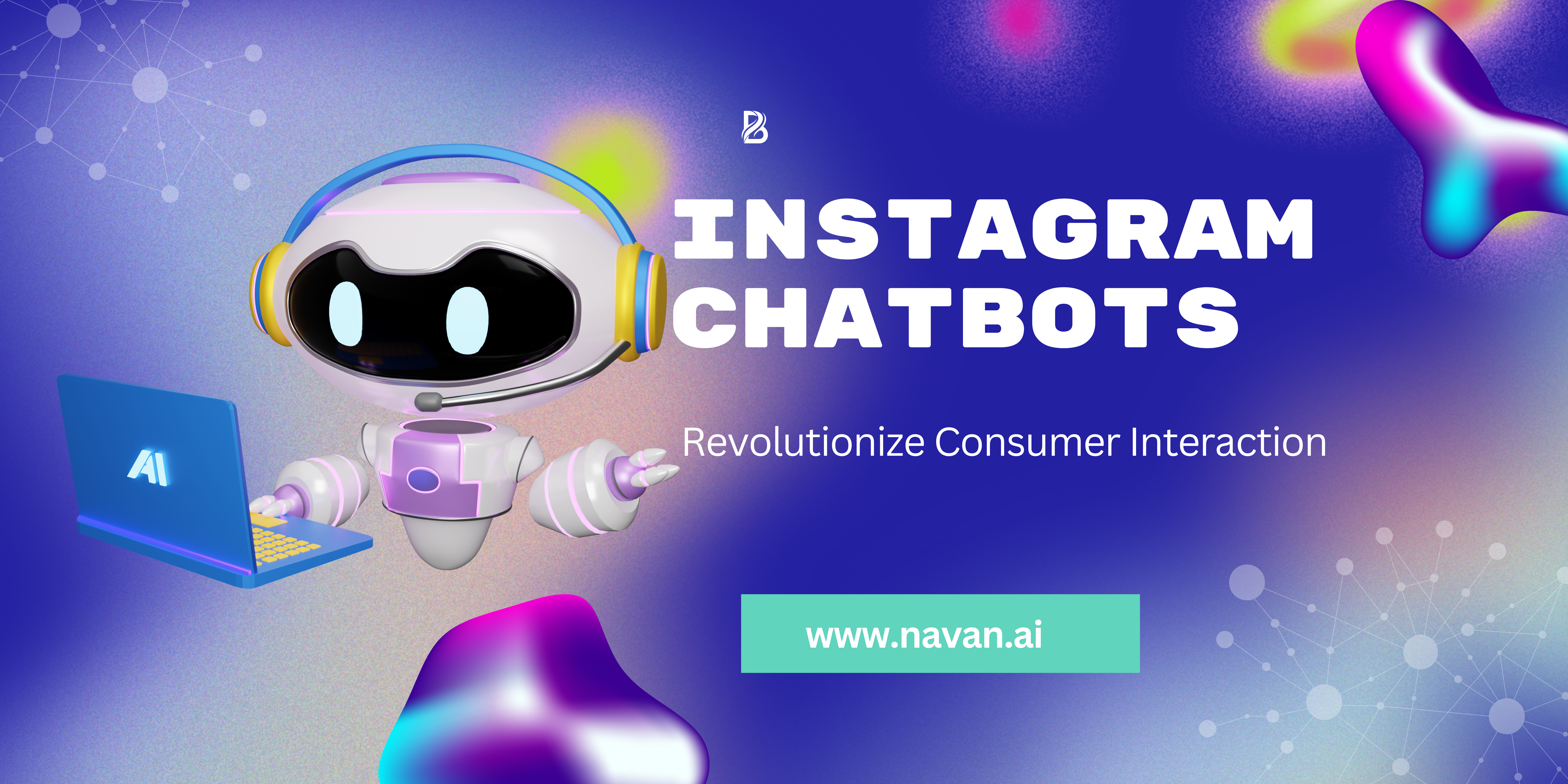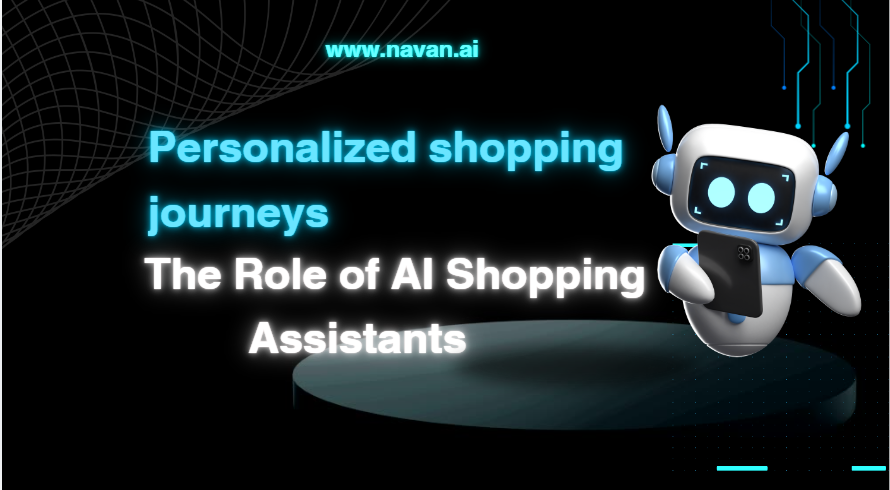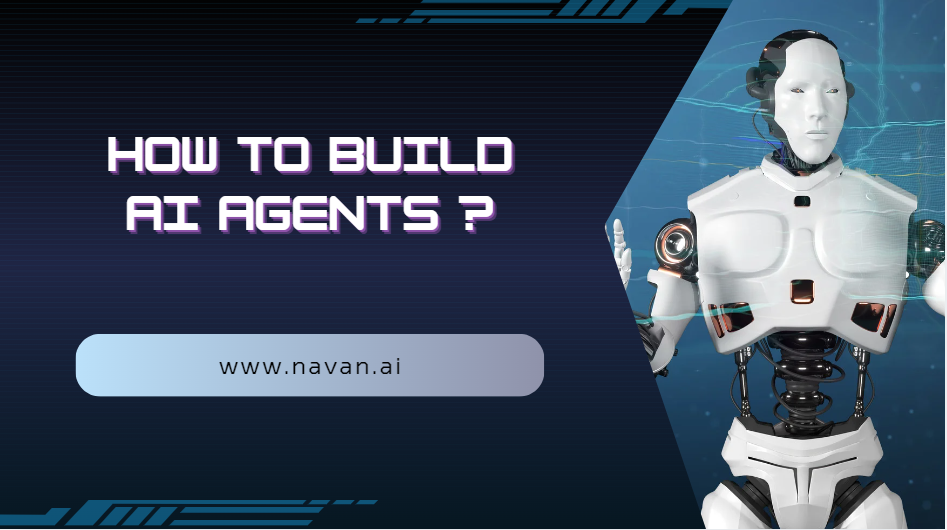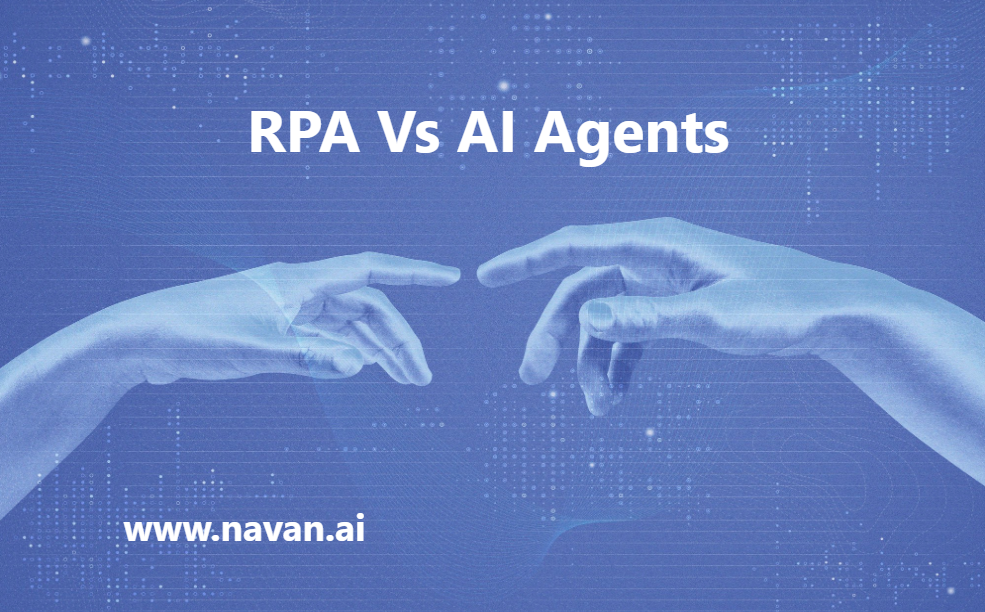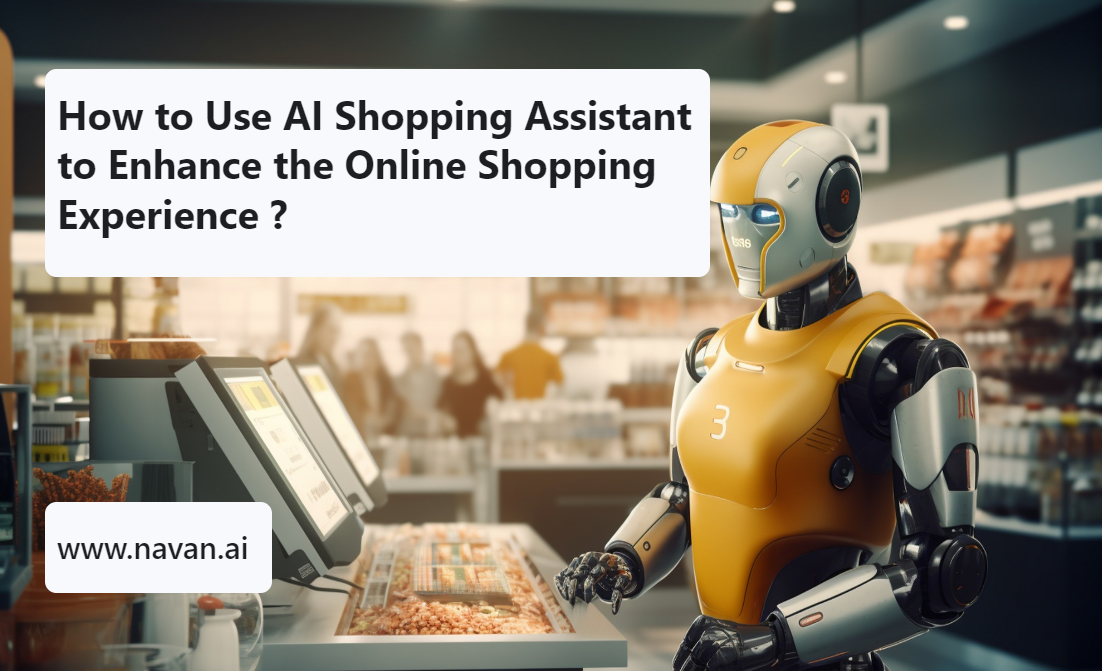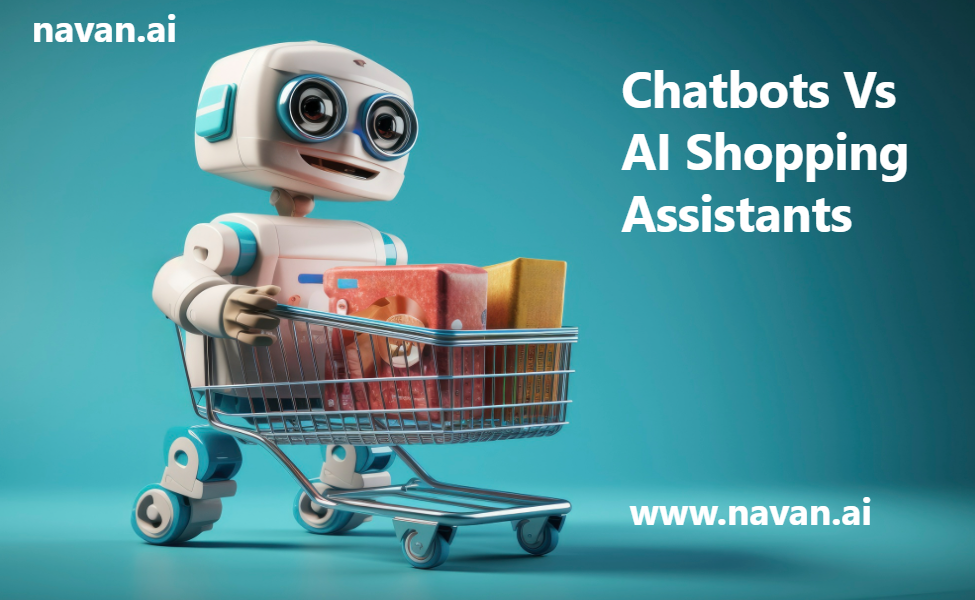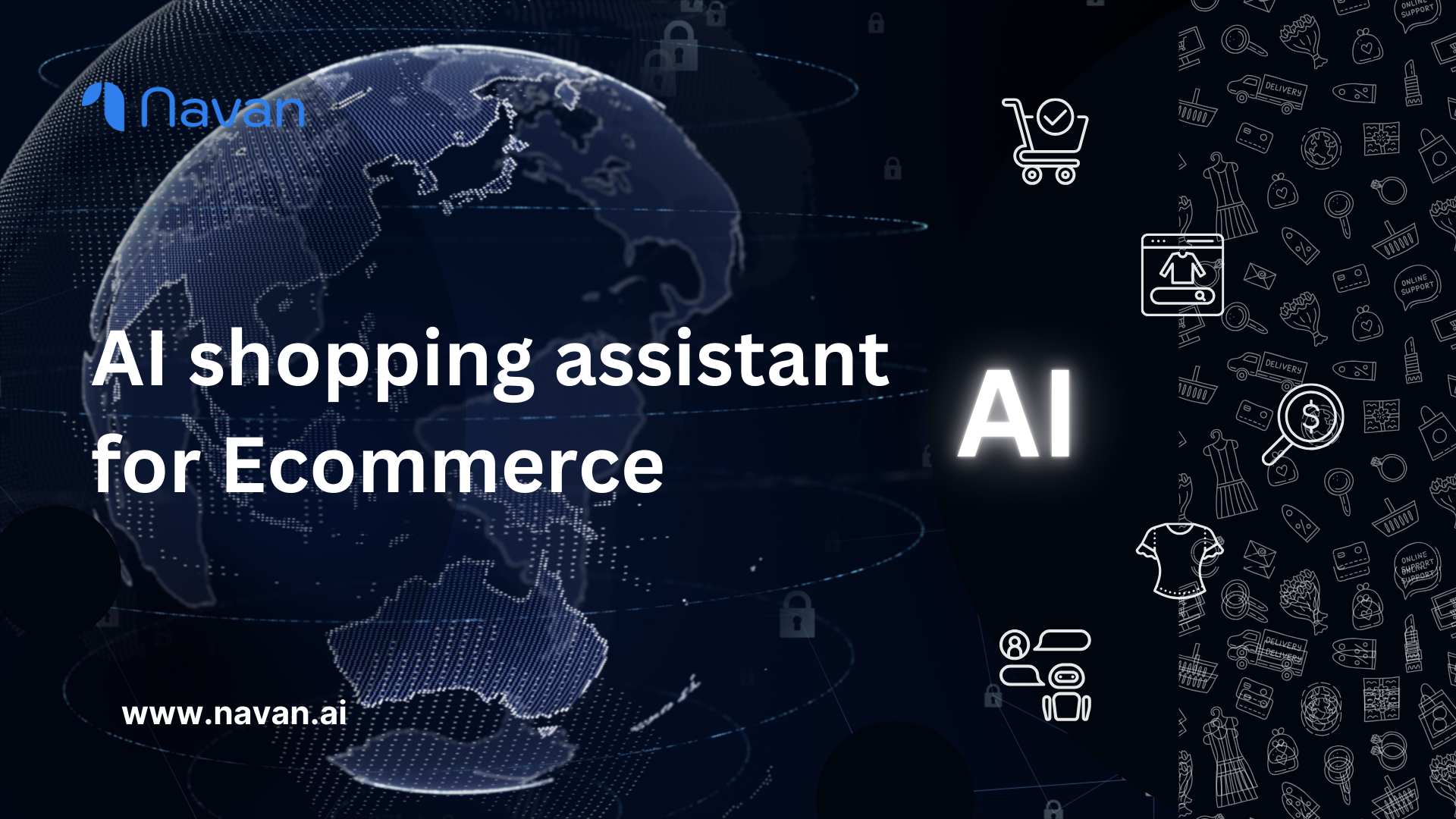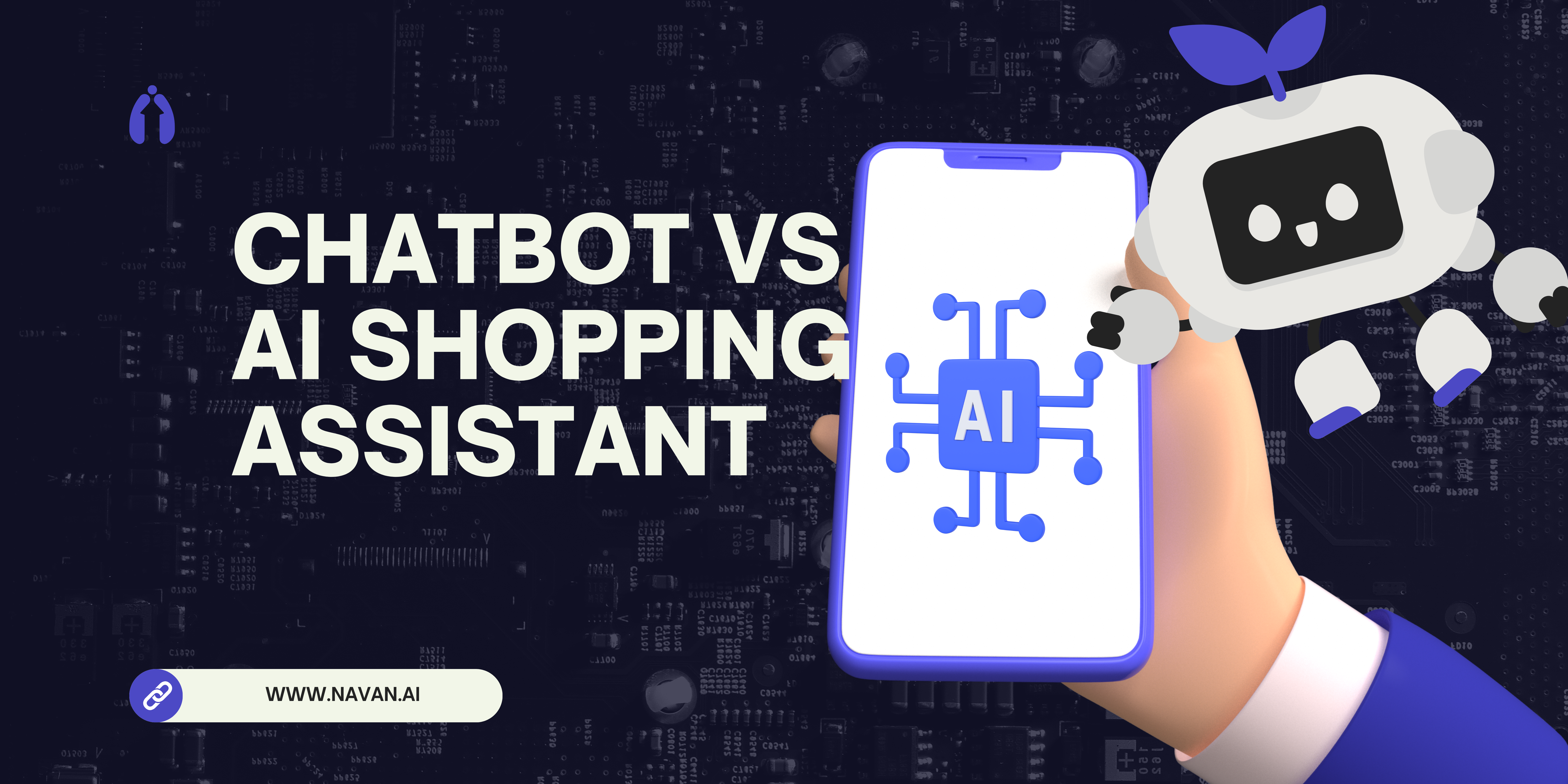
Introduction
Chatbots and AI shopping assistants have become indispensable tools for both individuals and organizations in this age of rapid technology breakthroughs in generative AI.
However, despite their initial similarities, they have very different uses and capacities.
So how do you tell the two apart? Which technological advancement best meets your needs?
Rest assured, we've got you covered.
We'll go over the definitions, features, and main distinctions between AI shopping assistants and a chatbot to assist you in selecting the best option.
AI Shopping Assistant (a.k.a. The Personal Shopper)
AI shopping assistants are increasingly sophisticated computer programs created to carry out certain duties or provide services for a person in response to text inputs or voice commands. Natural language processing (NLP), natural language understanding (NLU), and machine learning (ML) are some of the cutting-edge technologies that AI-powered intelligent virtual assistants use to comprehend and interpret human commands.
They have the ability to decipher not just the words but also the meaning and context of the directives. Following the interpretation of the input, the assistant processes the data, communicates in a conversational fashion with various services or databases as needed, and provides the requested output.
Apple's Siri is a well-known example of an AI-powered virtual assistant; it can help users with a variety of tasks, even more difficult ones. These consist of texting, setting alarms, giving out the weather, and even using voice commands to operate smart home products. Other well-known examples are Google Assistant, Microsoft Cortana, and Alexa from Amazon, all of which have comparable features.
Learn more about AI shopping assistants Visit navan.ai
How do AI chatbots work?
A chatbot is a piece of software that converses with users through voice or text interfaces. Frequently, the goals of these exchanges are to respond to inquiries, finish jobs, or offer customer service. Chatbots are frequently seen on chat applications, social networking sites, and websites, where they help users with a variety of questions.
It's crucial to note that rule-based and AI chatbots are the two primary categories of chatbots:
Rule-based bots use a combination of decision trees and pre-established rules to function. The chatbot looks for words or phrases in the user's query and compares them to its rule set before responding.
AI chatbots examine text or audio input using ML algorithms and NLP. These chatbots analyze the message's intent to provide a suitable—and frequently more intelligent—reply. They gradually increase the precision and potency of their responses to user demands by leveraging information from prior interactions.
What is the difference between an AI shopping assistant and a chatbot?
Although they both use conversational interfaces to facilitate easy consumer interactions, AI shopping assistants and chatbots address distinct requirements and levels of complexity. The former can be used for a wide variety of jobs, and they frequently adjust over time to the user's preferences.
Conversely, though—
Usually centered around particular tasks or inquiries, chatbots range in complexity from basic rule-based systems to more complex AI-driven models.
Chatbot features
- Basic to moderate complexity of interaction
- Limited to specific tasks
- Low to medium adaptability
- Take care of customer service, simple queries
- Limited to moderate learning capabiity
- Channels used in websites, social media platforms and apps
AI shopping assistants features
- Highly advanced, performs diverse tasks
- Capable of handling multifaceted activities
- High—learns and adapts to user preferences
- Personal assistance, smart home control
- Advanced learning capabiity
- Channels used in smartphones, smart speakers, IoT devices
Interaction complexity
Customers typically have simple, task-specific chats with chatbots. They are excellent at responding to preset or predictable requests, which makes them perfect for answering typical customer support inquiries or helping customers with simple tasks. But when it comes to more complicated or unclear requests, they frequently falter.
Conversely, AI shopping assistants provide highly customized and sophisticated conversational experiences. They are capable of doing multistep activities, keeping context and subtleties across lengthy chats, and having more human-like conversations. They are therefore appropriate for anyone looking for all-encompassing support in a variety of settings.
Task scope
In terms of work scope, chatbots concentrate on a small number of tasks like responding to frequently asked questions, handling customer support requests, or offering information. They are frequently used to oversee particular features on a website or application, which helps to expedite client contacts for typical problems.
On the other hand, a vast range of duties can be handled by AI shopping assistants. They are able to plan activities, make notes, search the internet, operate smart gadgets, and provide all-around help. Because of their adaptability, they are useful for both personal and professional use, greatly increasing ease and productivity.
Flexibility
Chatbots respond with a range of rigidity to moderate flexibility, frequently relying on pre-established rules or restricted machine learning capabilities. Although they are proficient in responding to particular questions, they are not able to greatly modify or enhance their answers in response to real-time customer interactions.
AI shopping assistants, on the other hand, are quite flexible. Through constant learning from consumer encounters, they hone their responses to offer more precise and tailored support. They are able to anticipate demands and comprehend consumer preferences better as a result, providing a more customized client experience over time.
Use cases
For certain use cases, such as customer service, answering routine or easy questions, and delivering quick information, chatbots work well. They are frequently used in sectors like banking, telecom, and e-commerce, where they lessen human labor and speed up client service.
On the other hand, AI shopping assistants can serve as personal assistants for a variety of everyday duties, such as overseeing a smart home environment or helping with professional productivity chores. Setting appointments, sending messages, playing music, and getting weather updates are just a few of the many ways they can improve daily life.
Capabilities for learning
Chatbots can learn by utilizing pre-programmed response patterns or basic capabilities. Although they gradually become more effective with updates, they do not dramatically change in real time in response to user inputs.
Conversely, AI shopping assistants make use of sophisticated machine learning and predictive algorithms. By anticipating client demands and learning from encounters over time, they provide proactive service. Their capacity to respond more quickly and relevantly is improved by their continuous learning process, which eventually raises client satisfaction.
The future of chatbots and AI shopping assistants
Both chatbots and AI virtual assistants are expected to become more ingrained in our daily lives and company operations as AI technology develops. In fact, according to Gartner, artificial intelligence will be used in 80% of client contacts by 2025.
Better handling of slang, dialects, and complicated phrase patterns will come from improved Natural Language Processing (NLP)—an improved capacity to comprehend and analyze human language—making interactions more human-like.
Improved contextual awareness—the capacity to remember context over extended talks—will allow AI to comprehend the user's surroundings and past interactions to provide more tailored responses.
Improved third-party service integration—wider integration with multiple third-party apps, platforms, and gadgets would facilitate smooth system connections and provide more cohesive user experiences.
Predictive analytics and proactive support: AI will be able to foresee future actions and simplify activities by anticipating user needs and providing proactive recommendations and reminders.
Strong security and privacy safeguards—better security procedures to safeguard user information and guarantee privacy—can provide users more confidence while utilizing these technologies.
Conclusion
Chatbots offer firms handling a large volume of routine and basic inquiries a scalable way to respond quickly and effectively. Conversely, AI shopping assistants provide strong help in settings that require high interaction volumes as well as the capacity to carry out intricate, multitasking tasks.
Chatbots are a wonderful help to businesses that deal with predictable client interactions; AI shopping assistants, on the other hand, are very useful for businesses that need to learn continuously and handle difficult support scenarios.
Want to add AI shopping assistants to your business? Reach us on https://navan.ai/contact-us for a free consultation.

